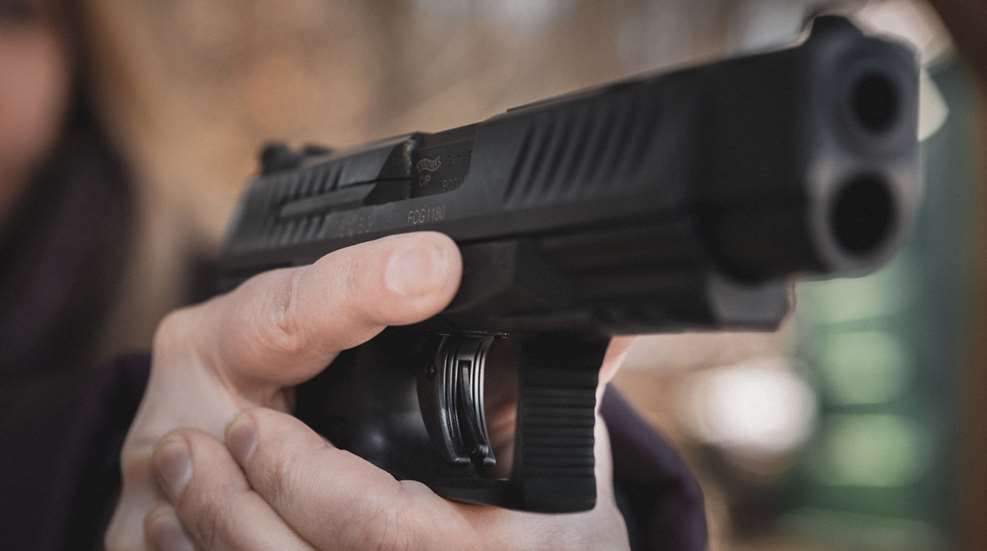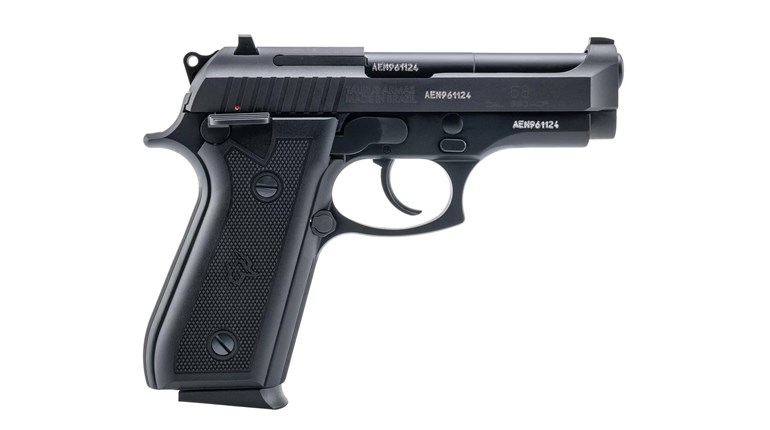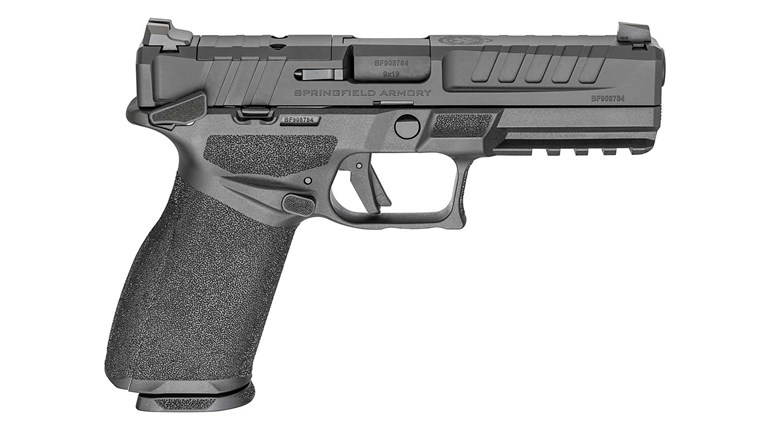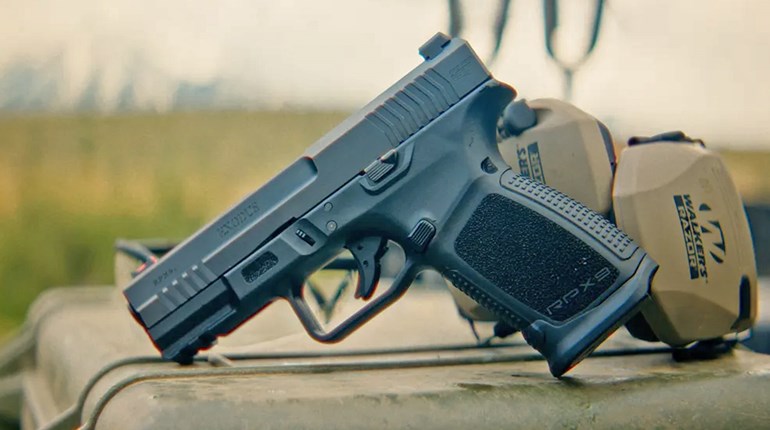
If it’s one thing I’ve noticed since I began shooting, it’s that there is a wonderful camaraderie among fellow shooters. Friends, acquaintances, and even folks I barely know will offer to meet me at ranges and let me shoot their guns. So when I decided to add a .45 cal. 1911 to my gun collection, I received several offers to borrow some handguns.
Among them were a Kimber Pro Carry II; Heckler & Koch USP .45 Compact; Colt Combat Commander; and three Springfield Armory models: a 1911 A1 Standard; a Ronin Operator and a Range Operator. I had varying degrees of success with each. So which was my preference?
You would think after firing all of these guns I would have my answer, but despite all my range research, I was stumped! They were all 1911 .45 cals, yet I shot better with some than with others. After spending much time on manufacturer websites learning about all their specifications, that’s when I discovered a difference: Trigger pull weights vary, and I shot best with the ones that had the lightest trigger pull, such as the Colt Combat Commander. Mystery solved.
Role of Trigger Pull Weight
If you have ever fired a gun, you have experienced the trigger-pull weight, which is the amount of force or pressure needed to properly manipulate the trigger and make the gun fire. It makes sense that the greater the trigger-pull weight, or the higher the number of pounds, the greater the force needed to make the weapon fire. (The easiest way to determine trigger pull weight is to read the owner's manual for the specifications, but if you don't have access to that information, accurate trigger pull weights can be easily measured using a trigger pull gauge.)
USCCA’s Beth Alcazar, author of “Women's Handgun & Self-Defense Fundamentals," says it's important for gun users to understand this topic, as some guns may require a lot more force to fire. "And if you have weak hands and fingers, arthritis, or any injuries, this could greatly affect your ability to smoothly and safely press the trigger and properly control the gun,” she says.
It is common for beginner students to struggle with heavier trigger pulls. For example, a double-action-only revolver that has a very heavy trigger pull of about 10 to 12 lbs. can be initially difficult, says Alcazar, who has observed that inexperienced students may even inadvertently pull the gun to one side in order to press the trigger. “This extra movement pulls the shots off target in that direction,” she says, adding she has even heard that some instructors will tell a student to use multiple fingers to press the trigger in order to fire the gun. "Clearly, this is not ideal,” she cautions.

Determining Trigger Pull Weight
So how can you determine a good trigger-pull weight when renting or purchasing a handgun? If you come across a firearm that has a heavy trigger that causes you to struggle, think about how that will negatively affect your ability to get accurate hits on a target. “Of course, you should not discount a gun just because of a less-than-perfect first try,” suggests Alcazar, noting that many gun owners use strength training for their hands and fingers to improve their grips and their trigger press.
“On the other hand, you should be just as cautious with guns with really light trigger pulls,” she says, pointing out that if a trigger pull is very light, you might inadvertently fire before you’ve lined up your sights.
Alcazar recalls once borrowing her husband’s gun for a competition. “I found myself taking shots earlier than my brain had planned since the trigger was light, and I was pressing off shots easier and faster than with my own firearm that I was more accustomed to,” she says. That experience, she says, made her realize that she prefers a slightly heavier trigger.
To determine what trigger weight is ideal for you, take into consideration the purpose for which you’ll be using your gun. For competition, you may want to choose a gun with a lighter trigger in order to get those accurate hits as quickly as possible. But that light, 2-lb. trigger is probably not the best idea for a defensive pistol. “In the case of self-defense, you want to be certain and deliberate, so many gun owners will choose a handgun with somewhere around 5 to 8 lbs. of trigger-pull weight,” says Alcazar.
These are, of course, just guidelines and you should test or rent a few guns you’re considering. Most importantly, no matter what your new gun is for, you should consistently train with your new firearm, so the trigger pull doesn’t surprise you or interfere with your shooting.
Modifications
If you are not happy with your firearm because of the trigger-pull weight, there are some things you can do about it:
Work on trigger control. Proper trigger control is achieved by applying gradual pressure to the trigger until the shot is fired. Make sure the pressure is applied in a rearward direction, not to the side, up or down. Also, try to pull the trigger using the middle of the last pad of your trigger finger. This will minimize jerking the gun to the left or right.
Check your grip. If the pistol fits your hand and you have a good grip, it’ll be easier to pull the trigger, because you won’t have to move the gun in order to leverage back the trigger. If you still can’t manage to pull a heavy trigger back, try working on some grip-strengthening exercises.
Take it to a gunsmith. A gunsmith may be able to safely modify your firearm. Utilizing lighter springs, upgrading to an after-market trigger kit or lightly polishing bearing surfaces all improve and lighten trigger pull,” say Charles Wallace, a Pennsylvania gunsmith at Relic Hunter Firing Line and Cro Arms gun shop. “Always pick a reliable gunsmith,” says Wallace, in order to keep it mechanically safe and liability free. To find a gunsmith near you, go to Shooting Sports USA and USA Carry’s gunsmith directory.















































